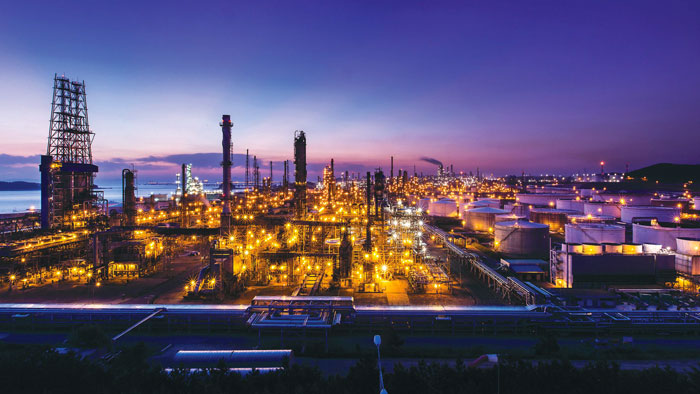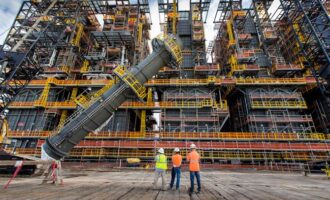
Hyundai Oilbank to invest KRW 2.7 trillion in heavy feed petrochemical complex
In a bid to further diversify its business portfolio, South Korea’s Hyundai Oilbank will invest KRW 2.7 trillion won (USD 2.4 billion) through 2021 to build a heavy feed petrochemical complex in South Chungcheong Province.
In May, Hyundai OIlbank announced that it has signed a memorandum of agreement (MOA) with Lotte Chemical Corp. to build a new heavy feed‑based petrochemical complex (HPC) through their existing joint venture, Hyundai Chemical Corp. The new petrochemical plant will produce 750,000 tons of polyolefins and 400,000 tons of olefins a year, using heavy fuel oil as a feedstock.
The heavy feed petrochemical complex will have the capacity to produce 750,000 tons of polyethylene and 400,000 tons of polypropylene and will be located at Hyundai Oilbank’s facility in South Chungcheong Province.
The new facility that mainly uses intermediate oil has significantly improved production costs compared to the previous naphtha cracking center by using minimal naphtha along with 60% more deasphalted oil, by-product gas and liquefied petroleum gas. Hyundai Chemical plans to raise the ratio of deasphalted oil to 80% in the near future. Deasphalted oil is about 20% more affordable than naphtha, which Hyundai Oilbank and three other refineries have the technology to produce.
On active expansion into new businesses, non-oil refining business made up 30% of Hyundai Oilbank’s operating profit in 2017 compared to less than 10% in 2015.
“The ratio of businesses besides oil refining is expected to increase to over 45% in 2022 once the heavy feed petrochemical complex starts operation,” the company said.
Hyundai Oilbank has been seeking to expand its non-refining activities to reduce its heavy reliance on its mainstream businesses. The company aims to increase the ratio of its non‑refining business to operating profit to 40% in 2020 from 32% in 2016 by expanding its petrochemical business.









